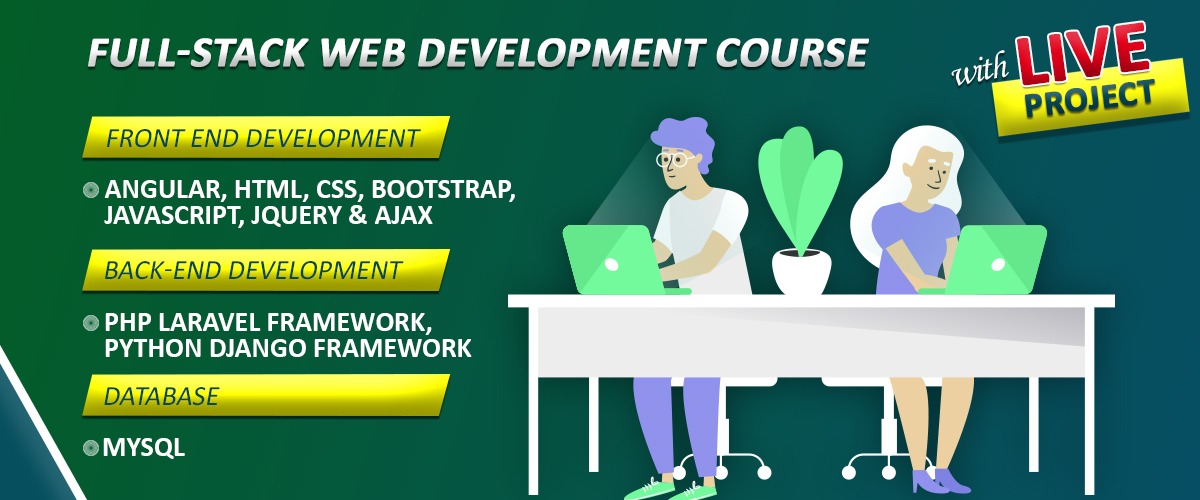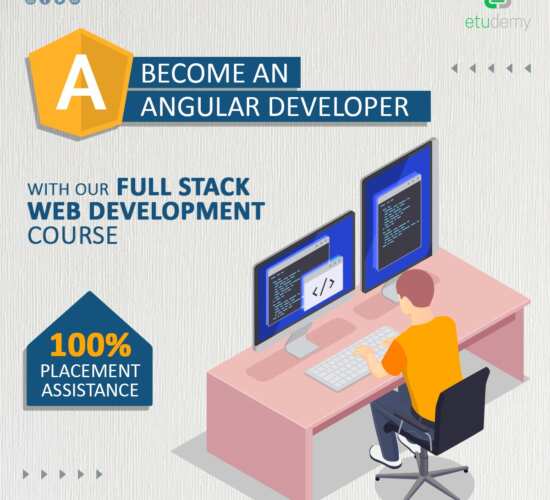In the Full Stack Web Developer Course With Placement Participants will be able to create a complete web application from the ground up, including front-end, back-end, and data-exchange technologies. Build strong foundations (ex: OOPS) in entry-level engineers to ensure that they are job-ready according to industry standards. By using basic principles, they will be able to learn new technologies.
Because our program is constantly growing, you will be taught the most up-to-date industry languages, ensuring that you are always one step ahead of the competition. When you finish the course, you’ll have a professional portfolio and will have learned how to fill the coding skills gap.
Participants will graduate as an industry-ready engineers who can be quickly deployed in a project by the end of the program.


